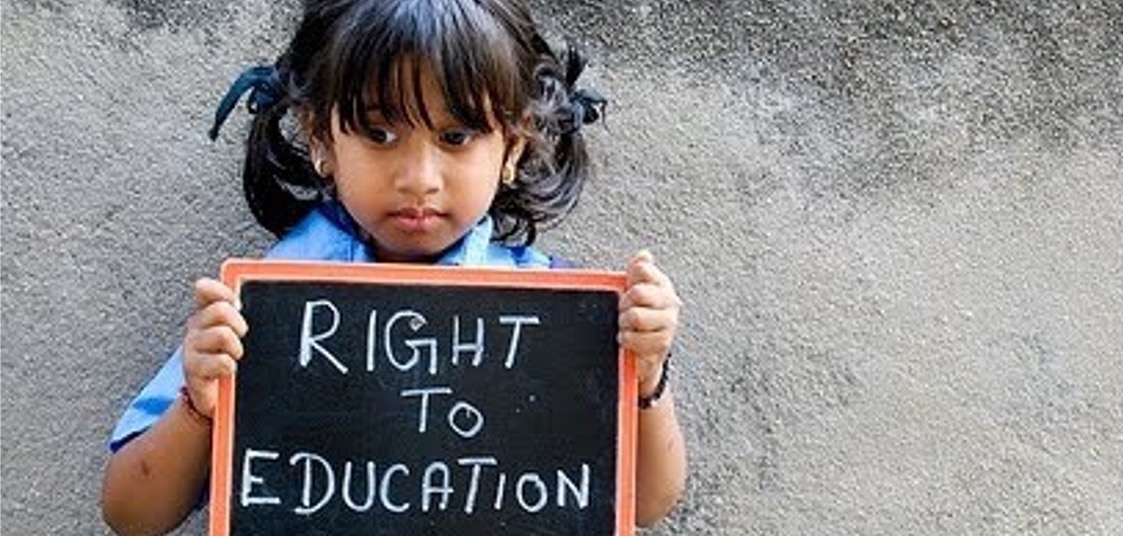Wondering what a curriculum framework really is?
"Curriculum is an organized framework that delineates the content children are to learn, the processes through which children achieve the identified curricular goals, what teachers do to help children achieve these goals and the context in which teaching and learning occur.”
- National Association for the Education of Young Children (NAEYC)

The Center's Curriculum consists of information related to the children's learning process in one tight package. It is a guideline for the staff in their everyday work, and it also tells a lot about you and your values to the families. Therefore, it is a nice idea to have your Center's Curriculum available for the families too. With this as starting point, you can then plan your daily work and create the syllabus consisting of the weekly plans, preplanned lesson plans, etc.
How to create the curriculum framework?
It is very important to think about how your center operates and what are the core values that everyone should know. Writing down the curriculum with the staff unites your team and sets everyone on the same page.
When planning, arranging and developing early childhood education and care, the primary goal must always be the overall wellbeing of the children. Children’s interests, wishes and needs guide the teachers work forward.
I have prepared a list of questions that guide you when writing down your Center’s Curriculum. The checklist is based on Finnish best practices. Naturally, you should adapt these to your local needs and requirements. Think of the questions in detail, as thinking of the topics and issues ahead makes it all easier when the situation hits you - for example, a case when someone is bullied. When your team has a clear practice of how to deal with bullying, families trust your professionalism and most of all children feel secure, valued, and happy.
Take a look at the topics and issues and include the relevant ones in your Center’s Curriculum!
.png)
.png)



.png)